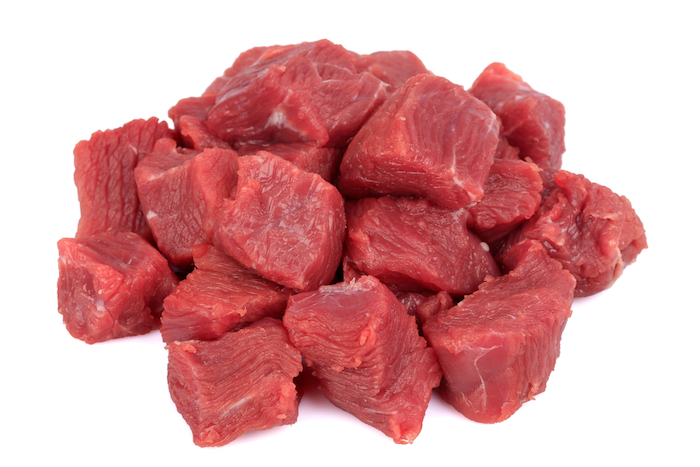By Nancy Clanton, The Atlanta Journal-Constitution
Troy Warren for CNT
Duke University researchers: They’re as different as plants and animals
Duke Unviersity researchers aren’t saying beef is bad. They also aren’t saying plant-based meat is better. All they’re saying in their new study is that the two are different in regards to nutrition.
“To consumers reading nutritional labels, they may appear nutritionally interchangeable,” said Stephan van Vliet, a postdoctoral researcher at the Duke Molecular Physiology Institute who led the study. “But if you peek behind the curtain using metabolomics and look at expanded nutritional profiles, we found that there are large differences between meat and a plant-based meat alternative.”
The nutritional labels on plant-based meats list vitamins, fats and proteins that make the product appear similar to beef.
“Meat-substitute manufacturers have gone to great lengths to make the plant-based product as meaty as possible, including adding leghemoglobin, an iron-carrying molecule from soy, and red beet, berries and carrot extracts to simulate bloodiness. The texture of near-meat is thickened by adding indigestible fibers like methyl cellulose. And to bring the
plant-based meat alternatives up to the protein levels of meat, they use isolated plant proteins from soy, peas, and other plant sources. Some meat-substitutes also add vitamin B12 and zinc to further replicate meat’s nutrition,” Karl Leif Bates wrote for Duke Today.
For the study, the Duke researchers looked beyond the label to measure the foods’ metabolites. Metabolites have various functions, including fuel, structure, signaling, stimulatory and inhibitory effects on enzymes, defense, and interactions with other organisms, such as pigments, odorants and pheromones.
“The goal of our study was to use untargeted metabolomics to provide an in‑depth comparison of the metabolite profiles a popular plant‑based meat alternative and grass‑fed ground beef matched for serving size (113g) and fat content (14g),” the researchers wrote. “Despite apparent similarities based on Nutrition Facts panels, our metabolomics analysis found that metabolite abundances between the plant‑based meat alternative and grass‑fed ground beef differed by 90% (171 out of 190 profiled metabolites).”
The team discovered 22 metabolites were found only in beef, while 51 metabolites were found in greater quantities. “Nutrients such as docosahexaenoic acid (ω‑3), niacinamide (vitamin B3), glucosamine, hydroxyproline and the anti‑oxidants allantoin, anserine, cysteamine, spermine, and squalene were amongst those only found in beef,” they wrote.
On the other hand, 31 metabolites were found only in the plant-based products, while 67 were found in greater quantities. Ascorbate (vitamin C), phytosterols and several phenolic anti‑oxidants such as loganin, sulfurol, syringic acid, tyrosol, and vanillic acid were among those found only in the plant‑based meat alternative.
“Large differences in metabolites within various nutrient classes (e.g., amino acids, dipeptides, vitamins, phenols, tocopherols, and fatty acids) with physiological, anti‑inflammatory, and/or immunomodulatory roles indicate that these products should not be viewed as truly nutritionally interchangeable, but could be viewed as complementary in terms of provided nutrients. The new information we provide is important for making informed decisions by consumers and health professionals. It cannot be determined from our data if either source is healthier to consume,” the scientists wrote.
“But that’s not to say that one is better than the other,” van Vliet, a self-described omnivore who enjoys a plant-heavy diet but also eats meat, told Duke Today. “Plant and animal foods can be complementary, because they provide different nutrients.”
He said more research is needed to determine whether there are short-term or long-term effects of the presence or absence of particular metabolites in meat and plant-based meat alternatives.
In Other NEWS



































